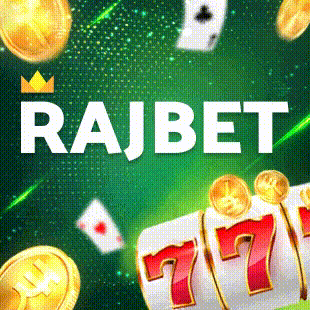Know Everything About Ramayana: The Legend of Prince Rama

Ramayana: The Legend of Prince Rama – A Timeless Classic Reborn on the Big Screen
Yugo Sako’s landmark animated film, co-directed by Koichi Sasaki and Ram Mohan, is finally gracing Indian cinemas – over three decades after its creation.
For many of us, Ramayana: The Legend of Prince Rama has been a cherished part of childhood, whether we discovered it on Doordarshan or stumbled upon it later on YouTube. Both the Hindi and English versions have garnered admiration over the years. So, why bring it to theatres now? Yes, nostalgia plays a big role—as seen with the recent wave of re-releases—but this animated gem deserves so much more than just a trip down memory lane.
Seeing Yugo Sako’s masterfully animated epic in 4K on the big screen is a visual treat. The new dubbing may introduce unfamiliar voices, but it does little to diminish what many consider the definitive screen adaptation of the Ramayana.
A Stunning Retelling of a Familiar Tale

The film narrows its focus to a crucial chapter of the Ramayana: from Lord Rama’s exile to Sita’s abduction and the climactic battle between Sugreeva’s avatar sena and Ravana’s army. Though the events themselves are deeply etched in Indian culture, the film chooses to push these few events with elegance and clarity, giving a newer feel to the story.
Although it was made in 1992, somehow its visuals never seemed to have gotten old. The digitally remastered version of the film has only added to its timeless quality. The animation itself falls squarely into that category: a style worth observing because it still holds up so well by today's standards. For those who have been disappointed by the recent big-budget adaptations (say Adipurush), here is a redemption.
A New Voice, A New Era
Now on the other hand, many may miss the original Hindi dub's classic voices such as Amrish Puri's commanding Ravana, Arun Govil's gentle Rama, and Shatrughan Sinha's potent narration. There is no denying however that the newer generation of voice actors performed incredibly well. The new dubbing has a more cinematic flair, in line with modern storytelling preferences, though it takes some getting used to.
The narrative’s simplicity remains intact. The voice work supports the animation rather than overshadowing it. The film’s soundtrack—composed by the legendary Vanraj Bhatia—still resonates, even though it now features Sanskrit renditions of classics like Janani Main Raamdoot Hanuman and Vaanar Sena. For viewers new to the film, these changes won't feel out of place.

A Few Missed Opportunities
While this animated Ramayana stands tall as perhaps the most elegant and heartfelt version of the epic, it's not without its shortcomings. It paints the characters in binary shades of good and evil, offering little insight into Ravana’s intelligence and complexity. Moreover, the omission of Sita’s agni-pariksha simplifies the story, which, while making it accessible, also removes some important emotional layers.
If there’s one practical gripe, it’s the inclusion of an interval. Given its runtime and narrative flow, the film would have worked better without a break.
Final Thoughts
Ramayana: The Legend of Prince Rama is not just a nostalgic revisit—it’s a cinematic event. This Indo-Japanese collaboration, with its timeless animation and respectful storytelling, still holds up as one of the most faithful and aesthetically brilliant adaptations of the Indian epic. Whether you’re a first-time viewer or returning for a revisit, watching it on the big screen is an experience worth cherishing.



